The present progressive tense is used to describe actions that are happening now or at the moment of speaking. Take a look at the following examples:
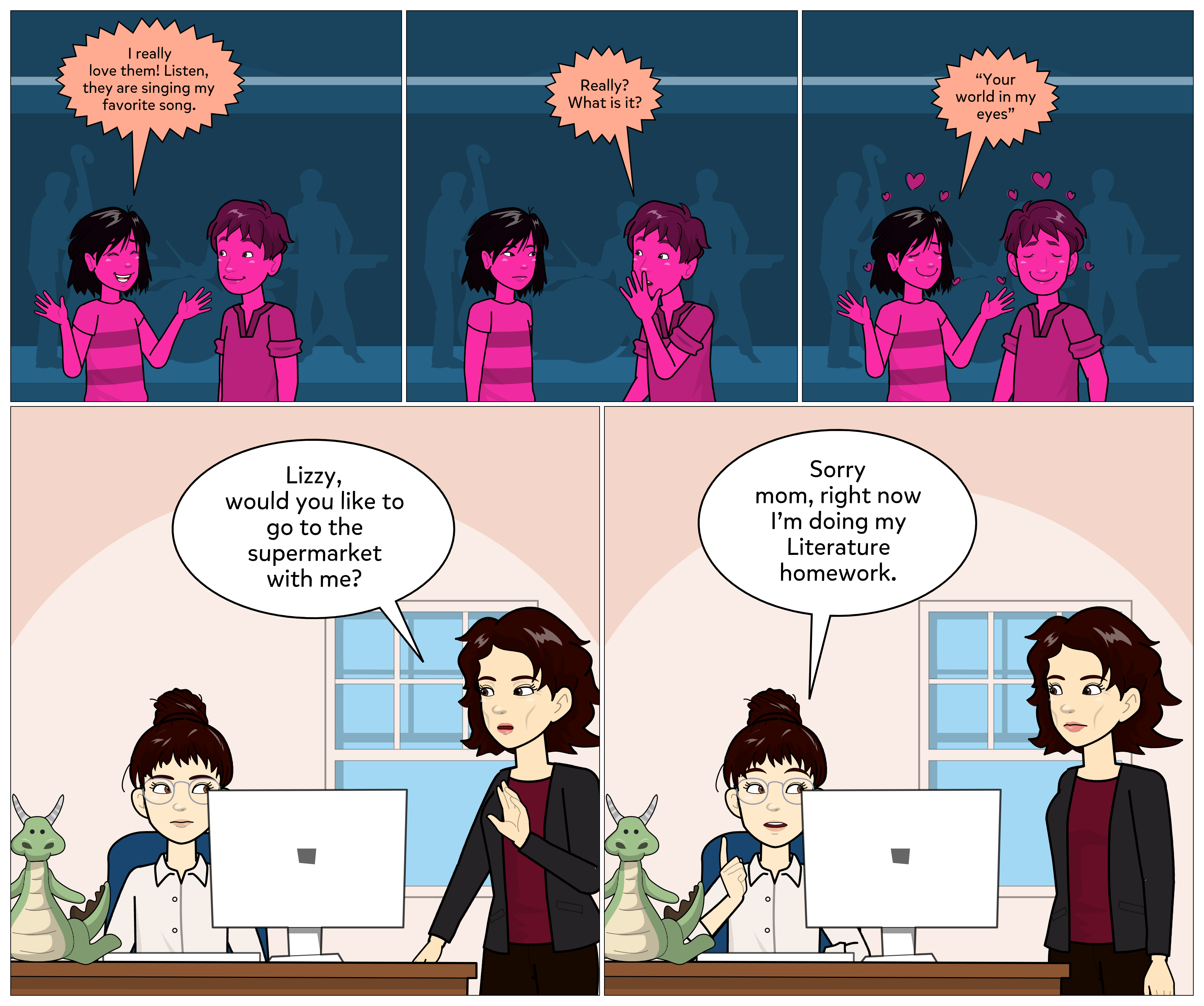
When we express affirmative sentences it is necessary to use an auxiliary (verb to be) and the verb in the present participle form:
am
is
are
V -ing
complement
Examples:
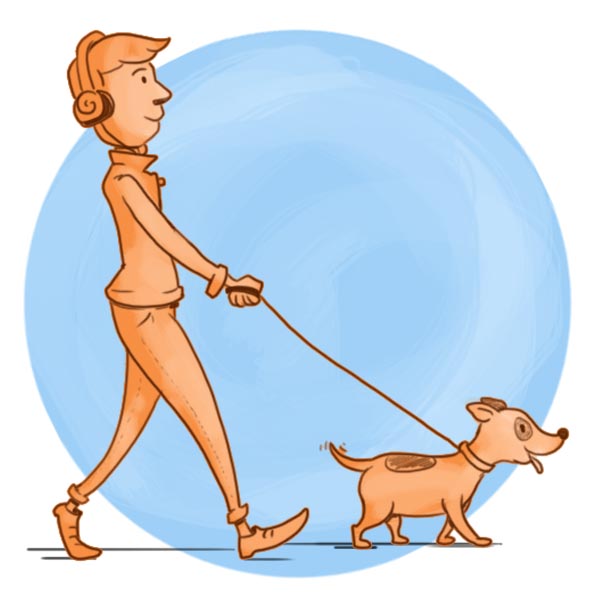
I am listening to music and I am walking the dog.
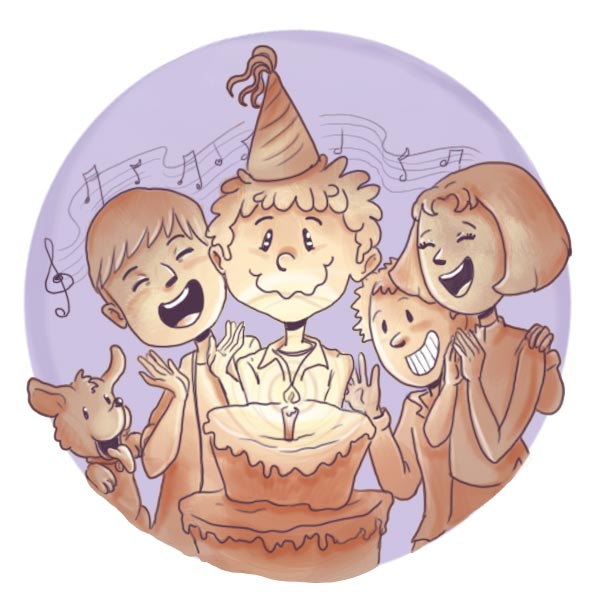
Peter is celebrating his birthday and their friends are singing “Happy birthday” right now.
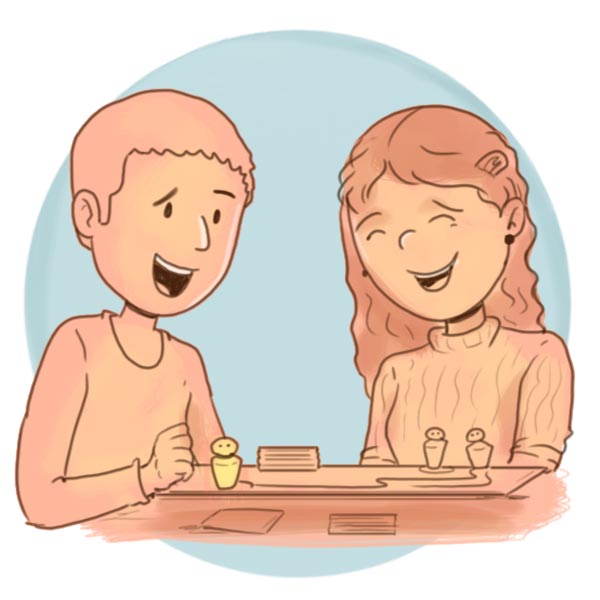
We are playing board games at the moment. I am losing the game, but we are having fun.
For negative sentences the auxiliary takes the word not, check the following structure:
am not
isn't
aren't
V -ing
complement
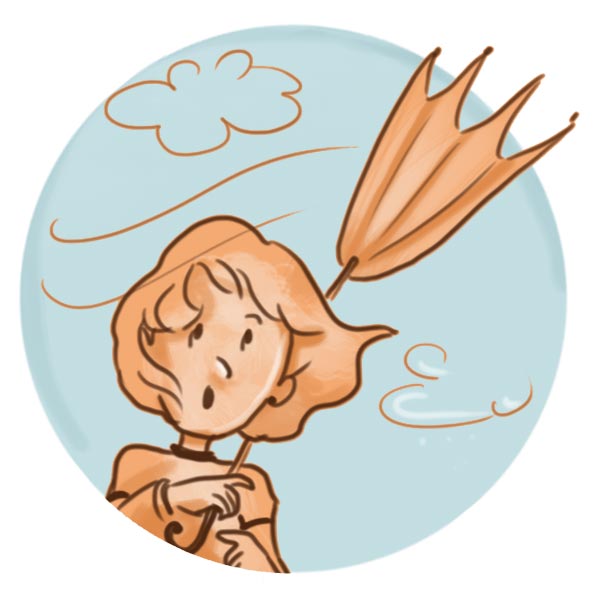
The storm is ending. It isn't raining anymore, but the wind is blowing now.

Katie isn’t wearing a skirt this spring. She’s wearing blue jeans.
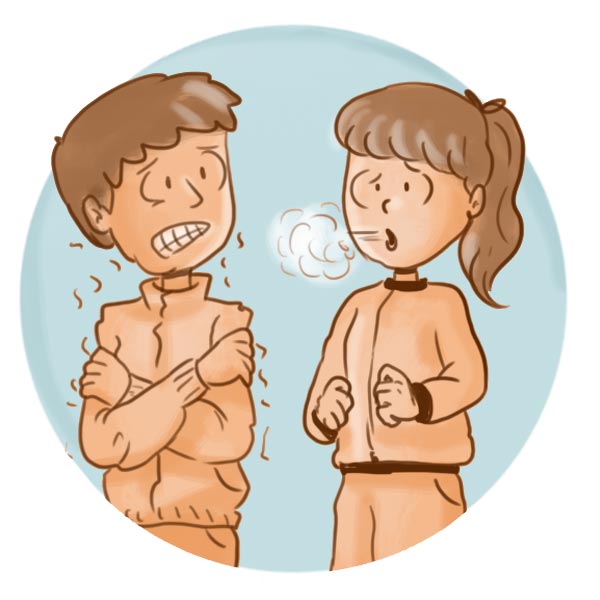
These days, they aren’t jogging because it’s too cold.
In the interrogative form, we invert the subject and the auxiliary in the structure, take a look at the formula:
Yes/no questions
Am
Is
Are
V -ing
complement
Short answers
Yes,
am
is
are
No,
am not
isn't
aren't
Wh- questions
What
am
is
are
V -ing
complement

Dad: Are you doing homework or texting friends?
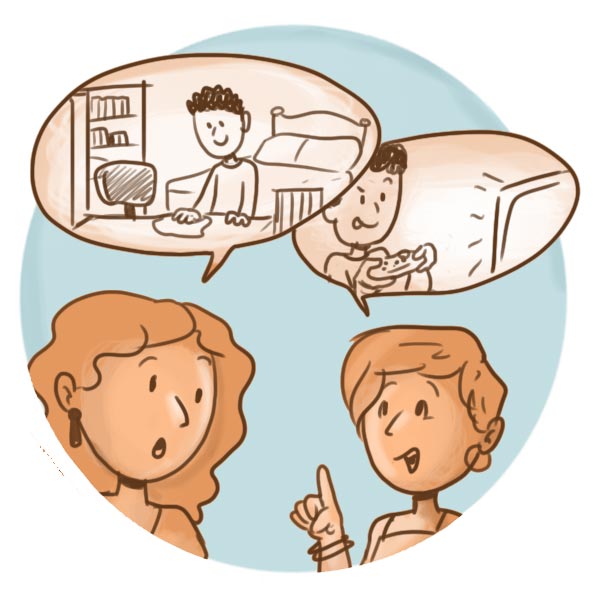
Mom: Where is your brother? Is he
tidying his room?
Sister: No, he isn’t. Maybe, he is
watching TV or playing video games.
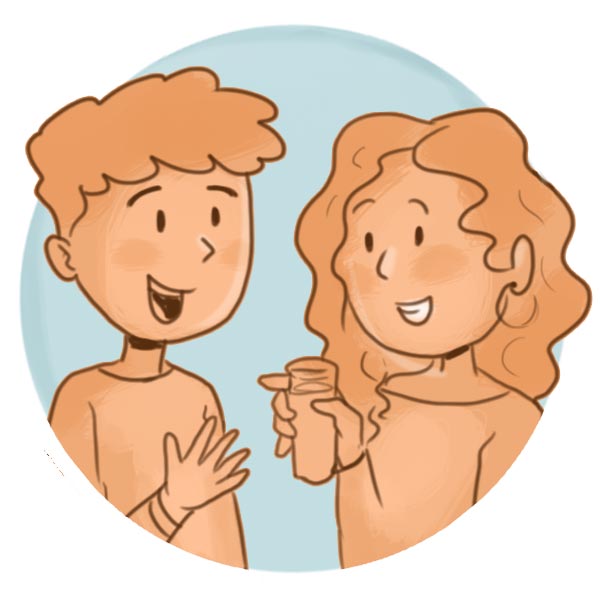
Sheila: Are you enjoying the party tonight?
Tom: Yes, I am. I’m having a great
time!
Look at the pictures and answer the questions. If the answer is negative, provide the right information.
What is happening here?
Follow the example:
Joining sentences or ideas
In our everyday speech, we use some words to join our phrases or ideas. They are called linking words.
We use linking words:
- ● To join similar statements (and):
I am jogging and listening to music at the same time. - ● To contrast opposite ideas (but):
Now, I’m not visiting my parents, but we are having a video call. - ● In other cases to give possibilities or options
(or):
Currently, I am not driving my car to avoid pollution or global warming. - ● To give a reason or an explanation
(because):
This summer, I am planting trees because I am an environmentalist.
Read the following dialogues and choose the right option.
Example:
Is the monster scaring the boys or making them laugh?


